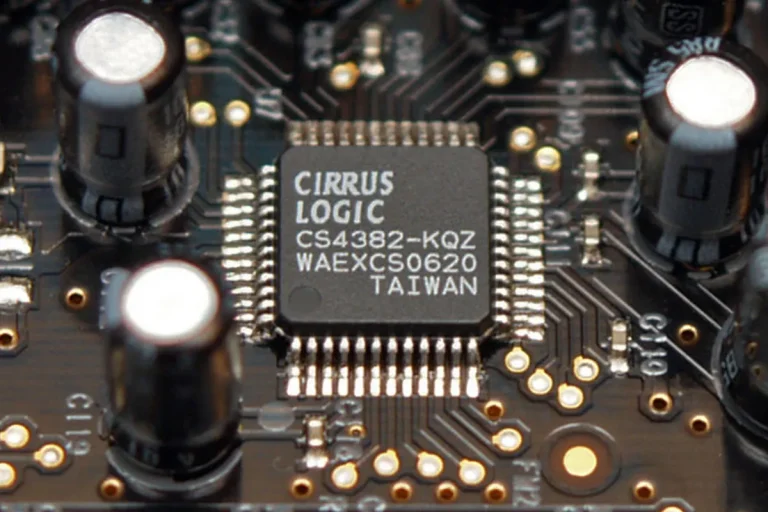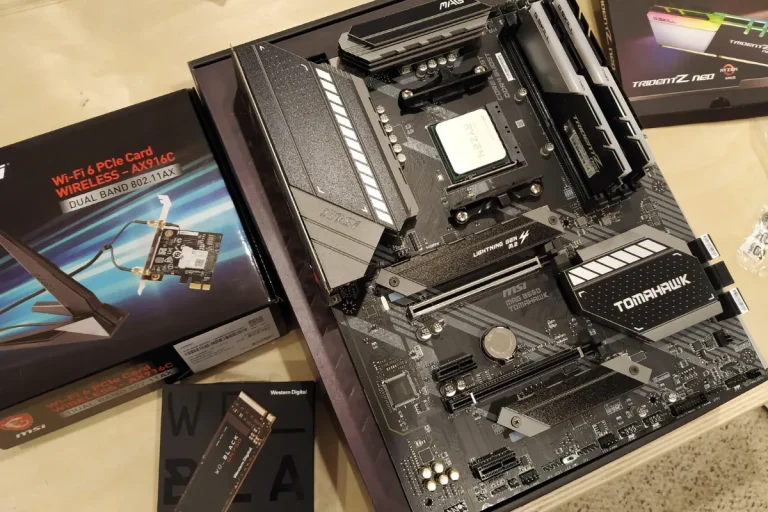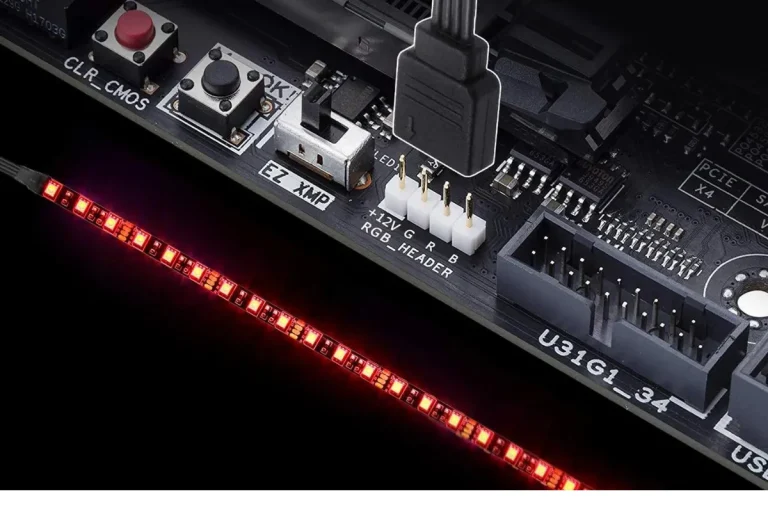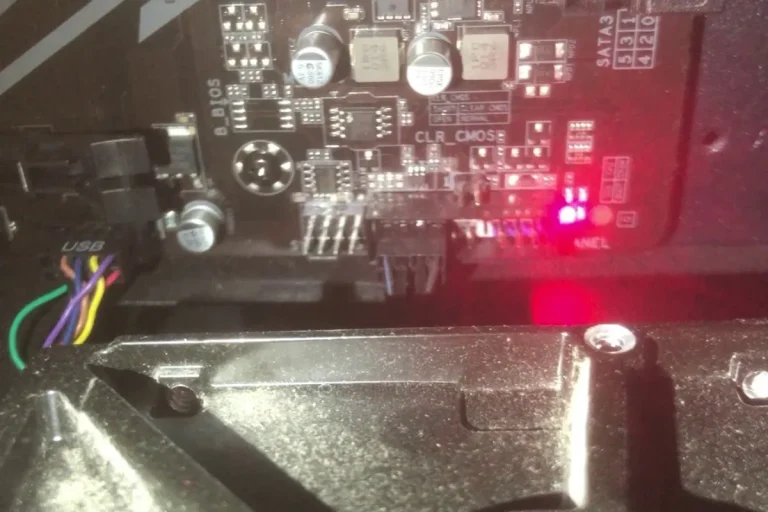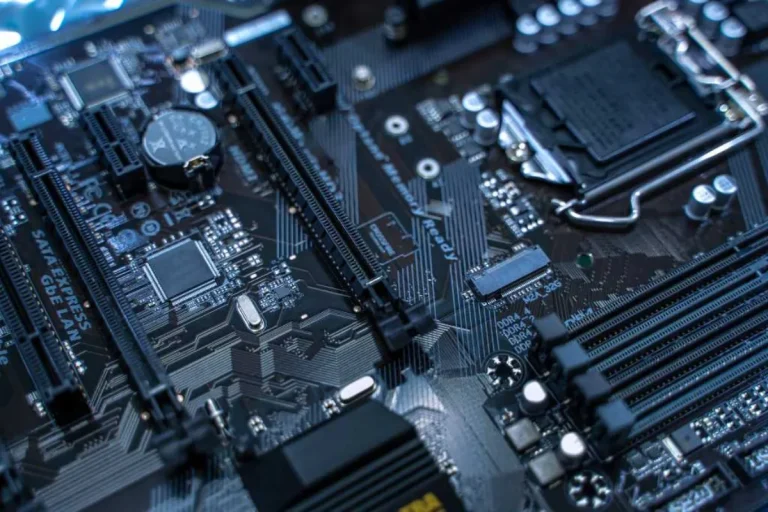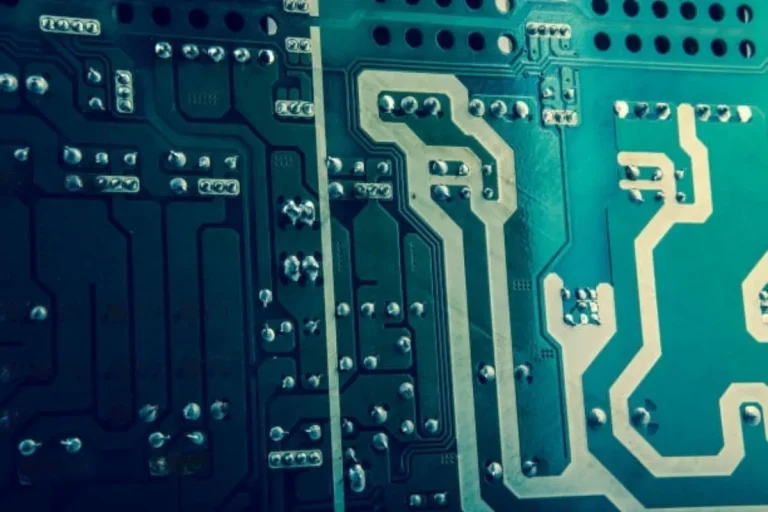Where is the SATA cable connector in the motherboard?
Are you wondering where to find the SATA cable connector on your motherboard? Look no further! In this guide, we’ll unravel the mystery and show you exactly where it is. SATA connectors play a crucial role in connecting storage devices to your motherboard, and understanding their location is essential for seamless installation.
Locating the SATA Cable Connector
If you’re looking to connect storage devices like hard drives or SSDs to your motherboard, you’ll need to find the SATA cable connector. Fear not, we’re here to guide you through the process with ease.
Describing the SATA Connector
The SATA connector is a small, rectangular port with a series of metal pins inside. It typically has a L-shaped design, making it easy to identify. This connector is specifically designed for high-speed data transfer between your storage devices and the motherboard.
Step-by-Step Instructions
- Start by locating the motherboard inside your computer case. It’s the large circuit board that everything connects to.
- Take a close look at the motherboard’s edges, where you’ll likely find the SATA connectors. They are usually grouped together in sets of two or more.
- Identify the SATA connectors by their distinct shape and the presence of metal pins. They may be labeled as “SATA” or “SATA 3.0” near the connector.
- Once you’ve located the SATA connectors, choose the one that is most convenient for connecting your storage device. You may need to refer to your motherboard’s manual for specific details on which connector to use.
- Carefully insert one end of the SATA cable into the SATA connector on the motherboard. Ensure it is firmly and securely connected.
- Connect the other end of the SATA cable to your storage device, such as a hard drive or SSD. Again, make sure it is securely plugged in.
Common SATA Connector Locations
When it comes to finding the SATA connectors on your motherboard, you might be wondering where exactly to look. Don’t worry, we’ve got you covered in the different possible locations and the reasoning behind these choices.
Placement Choices
Motherboard manufacturers carefully consider the placement of SATA connectors to ensure convenience and accessibility. Here are the common locations you may find:
- Along the Edge: Many motherboards have their SATA connectors positioned along the edge of the board. This placement allows for easy cable management and keeps the connectors within reach when installing or replacing storage devices.
- Near the RAM Slots: Some motherboards place the SATA connectors near the RAM slots. This arrangement makes it simpler to connect and disconnect storage devices without interfering with other components.
- Grouped Together: SATA connectors are often grouped together in sets of two or more. This arrangement allows for easy identification and organization of cables, making it more efficient to connect multiple storage devices.
Variations in SATA Connector Locations
It’s important to note that the specific placement of SATA connectors can vary based on the motherboard model or manufacturer. While the general principles mentioned above apply, you may find some variations. Always consult your motherboard’s manual or online resources for accurate information regarding the location of SATA connectors on your specific motherboard model.
Troubleshooting SATA Connection Issues
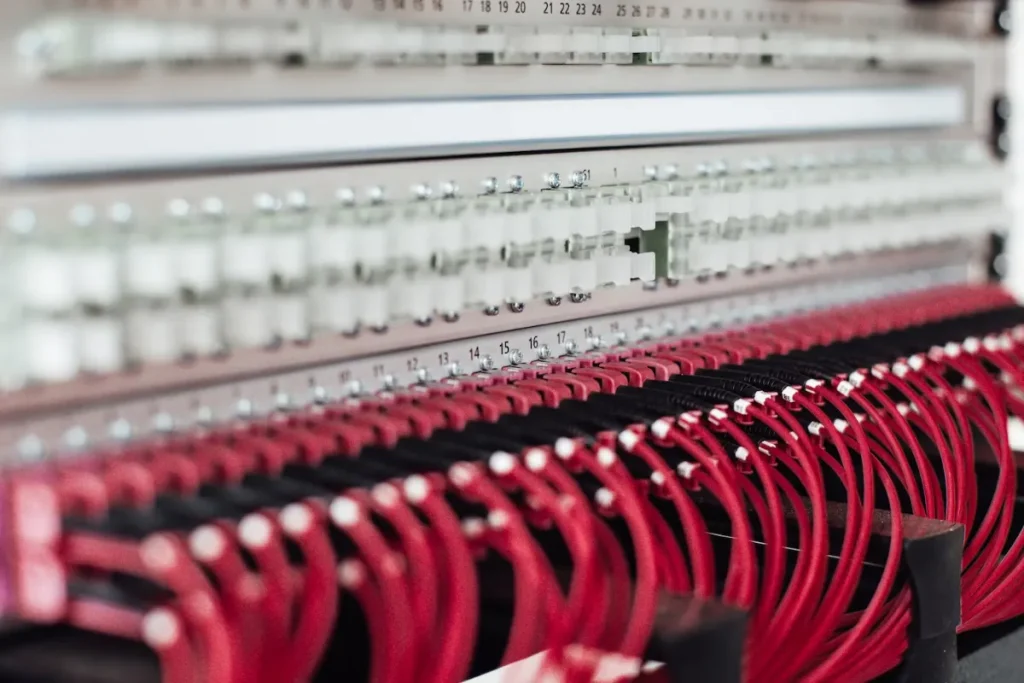
Connecting SATA cables may seem straightforward, but sometimes issues can arise. Don’t worry, we’re here to help you troubleshoot common problems that may occur during the process.
Addressing Common Problems
- Loose Connections: If your SATA cable is not securely connected, it can cause data transfer problems or even prevent your storage device from being recognized. Ensure both ends of the cable are firmly plugged into the SATA connectors on both the motherboard and the storage device.
- Incorrect Cable Orientation: SATA cables have a specific orientation. The connector has a small notch or groove that aligns with a corresponding tab on the SATA port. Make sure the notch and tab are aligned before inserting the cable. If forced in the wrong way, it won’t fit properly and may cause connection issues.
- Faulty Connectors: In some cases, the SATA connectors themselves may be faulty. Try connecting the cable to a different SATA connector on the motherboard or using a different cable altogether to rule out any connector-related issues.
Troubleshooting Tips
- Double-check all connections to ensure they are snug and secure.
- Verify that the SATA cable is inserted in the correct orientation.
- Test the cable and connectors by using them with another known working device.
- If possible, try using a different SATA port on the motherboard.
- If none of the above steps resolve the issue, consider consulting a professional or contacting the motherboard or storage device manufacturer for further assistance.
Frequently asked questions
1. What are the key components found on a typical motherboard?
A typical motherboard consists of the CPU socket, RAM slots, expansion slots, power connectors, chipset, BIOS chip, and various connectors for peripherals.
2. What ports, slots, and connectors are available on a motherboard?
Common ports include USB, HDMI, Ethernet, and audio jacks. Slots include PCI Express for graphics cards, RAM slots for memory modules, and M.2 slots for SSDs. Connectors include SATA connectors for hard drives and optical drives.
3. What is the purpose of SATA connectors on a motherboard?
SATA connectors are used to connect storage devices, such as hard drives and solid-state drives (SSDs), to the motherboard. They enable data transfer and power delivery to these devices.
4. Can I add more RAM to my motherboard?
It depends on the motherboard’s specifications. Most motherboards have multiple RAM slots and support various types of memory modules.
5. Can I upgrade my graphics card on a motherboard?
Yes, you can upgrade your graphics card on a motherboard if it has an available PCI Express slot. Ensure that the graphics card is compatible with your motherboard and that your power supply can handle the increased power requirements.
Conclusion
The SATA cable connector on a motherboard is typically located near the edge of the board, close to the storage ports. It is easily identifiable by its L-shaped design and multiple pins. So, when you’re ready to connect your storage devices, look for this handy connector and plug in your SATA cable securely for smooth data transfer and reliable performance.
